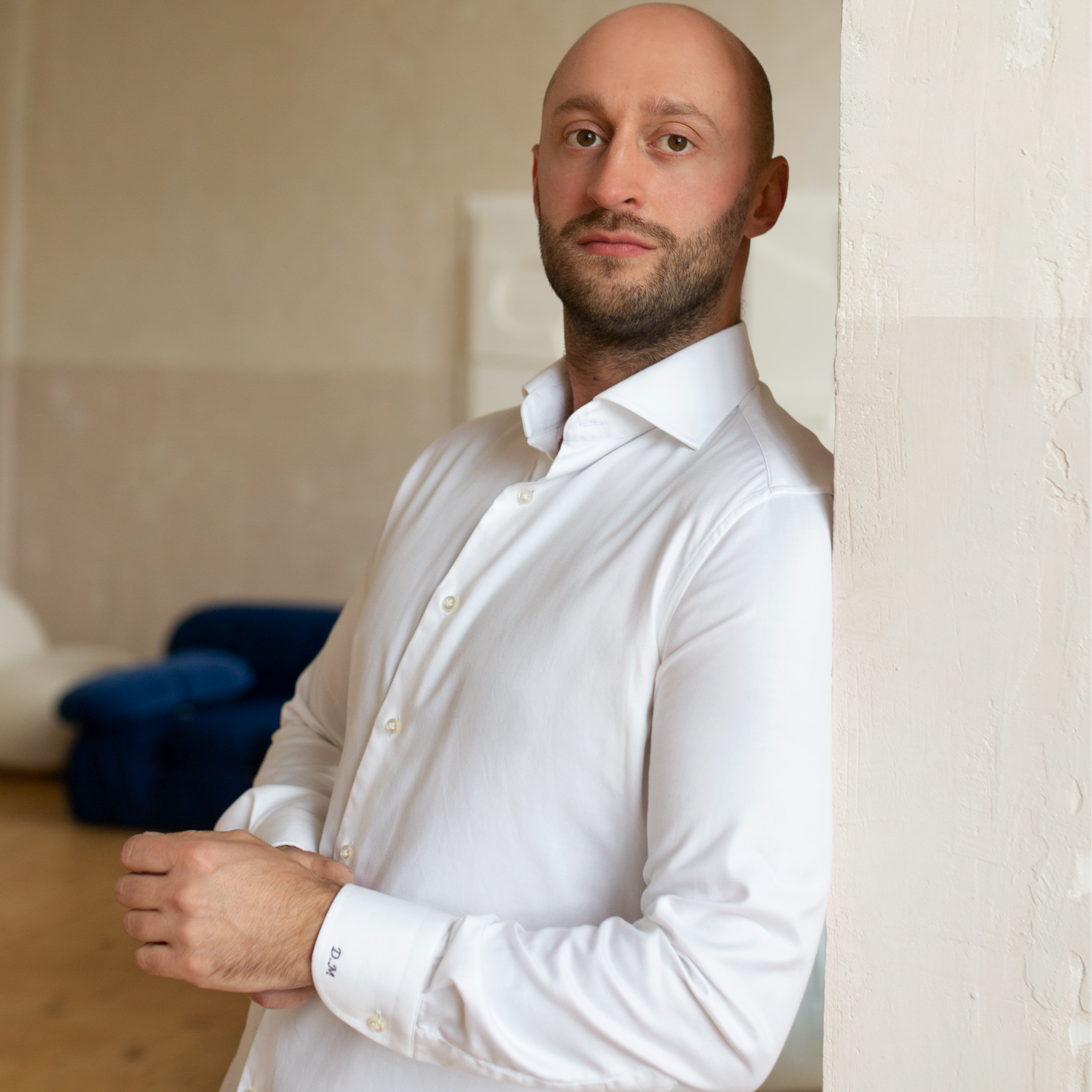126 reads
The Role Of Empathy In Building Strong DAO Communities
by
July 16th, 2024
Audio Presented by

Co-founder of DOITONG & HashEx. Expert in AI, blockchain security, and product strategy.
Story's Credibility

About Author
Co-founder of DOITONG & HashEx. Expert in AI, blockchain security, and product strategy.